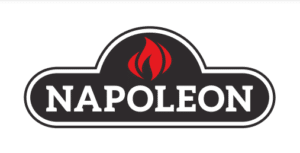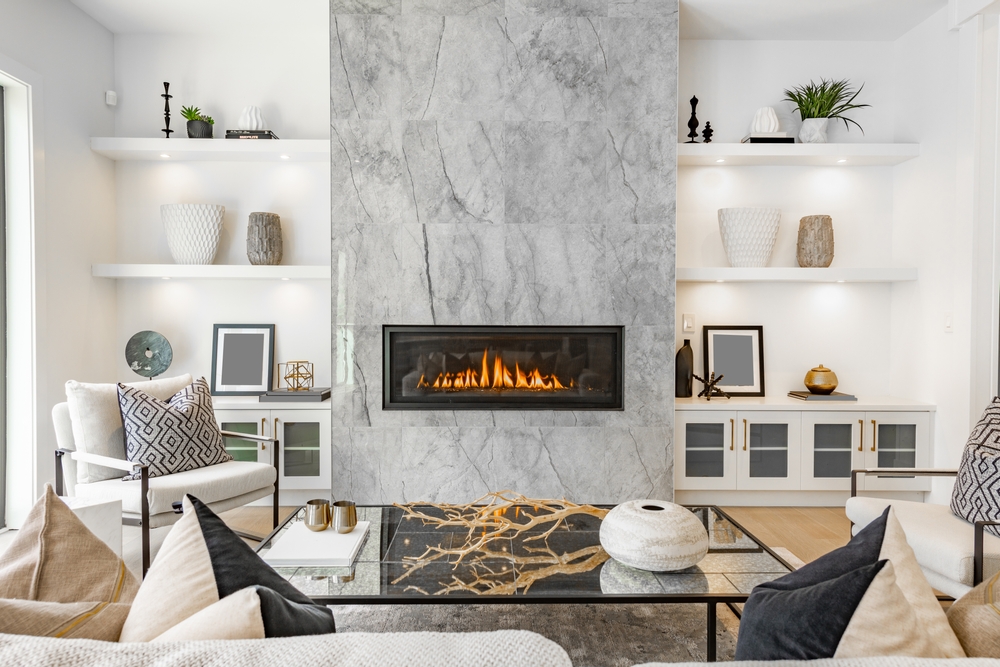It’s natural to be curious about how long a given product or item is going to last after you purchase it, and this is especially true for high-value items like fireplaces. Focusing specifically on the modern gas fireplace, which key elements impact how long this item can be expected to last and operate efficiently?
At Comfort Solutions Fireplace, we’re happy to offer a wide range of modern gas fireplaces to clients throughout Salt Lake City and other parts of Utah. We’ll walk you through the entire selection process, including helping you understand the important components you’re choosing and how long your entire setup can be expected to last. In this two-part blog series, let’s go over the key factors in expected lifespan for a gas fireplace.
Type of Firebox Used
There are three kinds of gas fireplace firebox options: Direct vent, b-vent and ventless.
- A direct vent gas fireplace has a sealed firebox with a pipe that goes through an exterior wall. The flue gases are exhausted directly outside, and fresh air for combustion is brought in via the same pipe. Because this type of system is hermetically sealed, it’s very efficient.
- A b-vent gas fireplace also has a sealed firebox, but the pipe that vents the flue gases goes up the chimney. These models are less efficient than direct vent options.
- Ventless gas fireplaces don’t have a flue or any type of pipe. The combustion gases are exhausted into the room where the fireplace is located. While this might not sound ideal, the fireplaces are designed with several safety features to ensure that they operate efficiently and don’t pose a danger to homeowners.
The type of firebox you choose will impact how long your gas fireplace lasts. Direct vent and b-vent options will last longer because they’re more efficient and have less wear and tear on the components. Ventless options will still last a long time, but they might not be as efficient and could require more maintenance over time.
Size of the Fireplace
The size of your fireplace will also play a role in how long it lasts. A smaller fireplace will have less wear and tear on the components and will be less likely to experience problems down the road. A larger fireplace will have more stress on the components and might require more maintenance over time.
Decorative Liner Used
Many gas fireplaces come with a decorative liner that goes around the firebox. This liner can be made of different materials, including stone, brick or metal.
The type of liner you choose will impact how long your fireplace lasts. A stone or brick liner will last longer than a metal liner because it’s more durable and less likely to experience problems. A metal liner might last a long time, but it could eventually start to corrode or experience other issues.
In part two of our series, we’ll go over some additional factors that play a role in determining gas fireplace lifespan. For more on this, or to learn about any of our fireplace products or services for SLC clients, speak to our team at Comfort Solutions Fireplace today.


